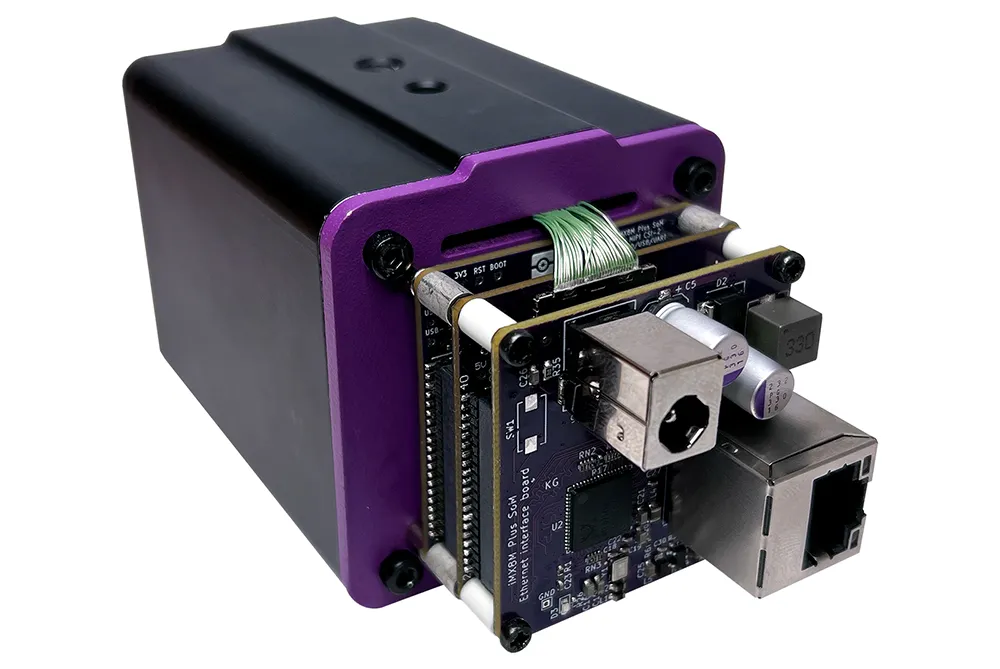Komoto of Taiwan, which specialises in research and development of traffic LED strobe lighting is at Intertraffic to debut several new models – the C series, H series, S series and M series.
April 5, 2016
Read time: 1 min

The company says these models all provide an intelligent and compact LED light source for a wide range of traffic applications, including law enforcement, ANPR, E tolling and traffic monitoring. The M series was designed for mobile traffic applications. Housed in a vandal-proof IP66 enclosure for outdoor installation, it supports POE and surge protection up to 2kv. The pulsing range can be adjustable from 3K~600Hz.









